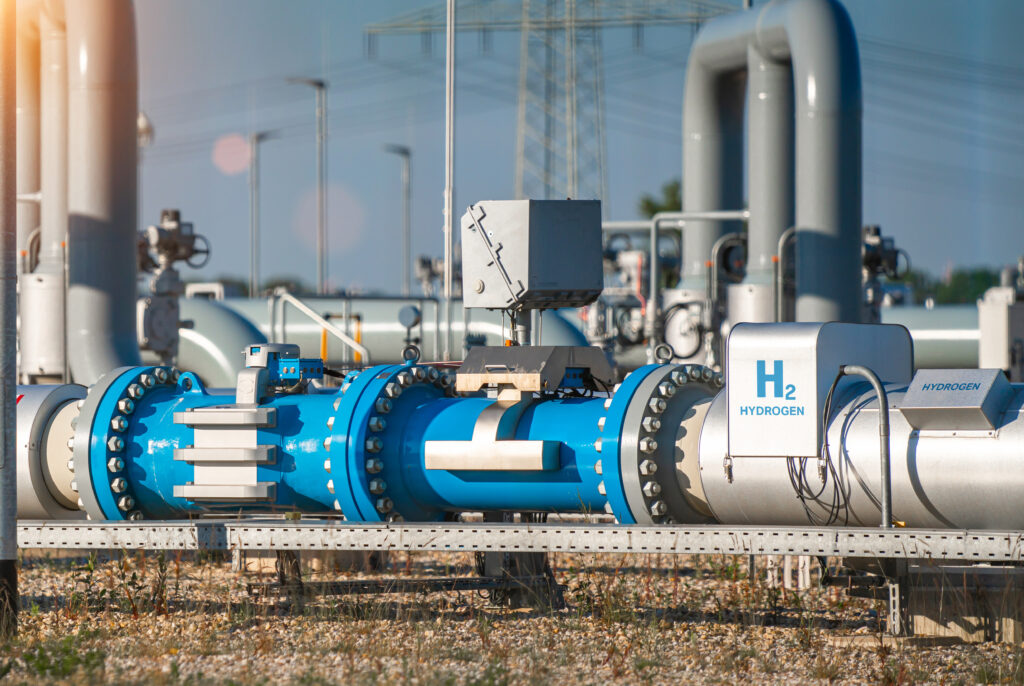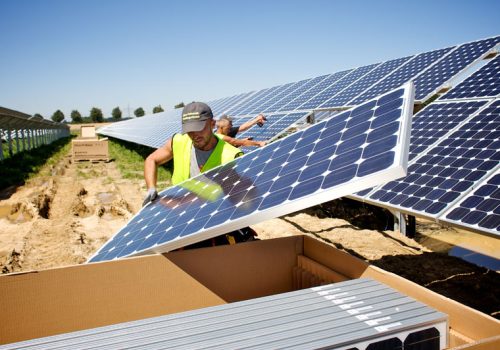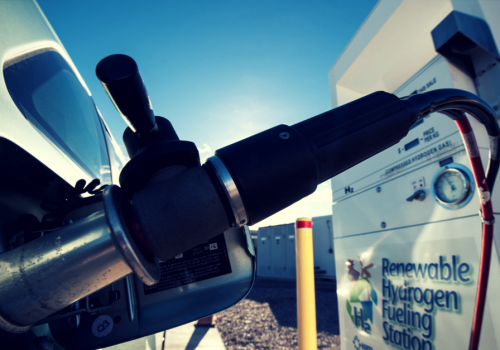Recently, the US Treasury released its critical hydrogen guidance, called 45V, but the domestic hydrogen ecosystem has yet to see major positive final investment decisions (FID). While 45V is an undeniably important element in determining the future of the industry, and its related emissions, insufficient attention is being paid to the substantial technical, commercial, and regulatory challenges that must be overcome if hydrogen is to realize its potential as a key decarbonization vector.
STAY CONNECTED
Sign up for PowerPlay, the Atlantic Council’s bimonthly newsletter keeping you up to date on all facets of the energy transition.
45V is a tax credit for the production of what the US Treasury terms “qualified clean hydrogen.” The US Treasury released its 45V draft guidance in late December, imposing strict guidance on the so-called “three pillars” of temporal matching, additionality, and deliverability.
Critics of the 45V guidance argue it is too restrictive and will prevent the industry from reaching scale, or even cede the sector to China. Conversely, environmental groups and academics are broadly supportive of the Treasury’s decision, holding that hydrogen’s ambitions must match its thermodynamic and technoeconomic realities, as insufficient restrictions could actually increase US emissions at the cost of tens of billions of dollars.
While 45V will have enormously consequential impacts on US hydrogen’s scalability, as well as emissions, it’s not the only factor affecting the industry. These challenges include the following:
- Elevated interest rates and lengthy permitting times for new clean infrastructure are slowing capital-intensive energy deployment, including clean hydrogen.
- Technology and supply chain issues are also impacting hydrogen development. While hydrogen production tax credits will improve project costs, they do not address persistent issues with integration of the supply chain and onsite systems. Hydrogen suppliers are inexperienced, with many having just come out of a technology-development phase. They often lack operations support and robust system design around the core technology.
- Poor technical integration due to the lack of robust modern digital platforms that can communicate with and manage assets across the supply chain impairs a project’s ability to pass FID. Hydrogen generation projects will not pass FID unless offtake is secured. Integration challenges will continue to delay FIDs.
- Technical scope will be highly project dependent, making economies of scale difficult to achieve. Hydrogen production projects will change significantly in scope—and cost—depending on the offtaker.
For instance, mobility end users will require significant hydrogen storage, compression trains or liquefaction trains, and export systems. Conversely, industrial customers will seek to develop systems designed specifically to avoid potential unintended consequences of hydrogen blending in gas pipelines. These technical requirements from the offtaker impose significant scope change to the production project.
Infrastructure limitations will result in market inefficiencies, adding a commercial hurdle to scaling hydrogen. Due to limited pipeline infrastructure, hydrogen markets have virtually no inter-regional connectivity with one another, limiting the number of buyers and sellers in each market.
To wit, there are only 1,600 miles of hydrogen pipelines in the United States, mostly along the Gulf Coast. In comparison, nationwide there are about 3 million miles of natural gas pipelines. Additionally, existing hydrogen networks are typically private-carrier pipelines, which are used by incumbents but not necessarily open to new producers.
Limited inter-regional trade in clean hydrogen means that the number of buyers and sellers will be highly constrained in local markets, especially in parts of the United States where there is little or no existing merchant trade in hydrogen. This could create considerable market distortions in places where industrial-scale clean hydrogen consumers will be the dominant—if not sole—offtaker in their local market. Markets where there is a sole buyer—a monopsonist—are prone to inefficiencies.
With some hydrogen markets unable to rely on fully competitive market structures, which rely on many buyers and many sellers, the development of the technology may be constrained. Notably, credit conditions for projects seeking to sell to a sole offtaker may be challenging.
The US hydrogen hubs, supported by funding from the Department of Energy, aim to solve this foreseeable problem by building an ecosystem of many buyers and sellers, aggregating demand and supply to create a more efficient market. Indeed, in existing ports and industrial zones, there will be few risks of a monopsony problems due to varied potential customers. Still, less developed H2 markets will be subject to this risk.
Most importantly, a lack of reliable demand exists for green hydrogen in any volume outside the heavy mobility market in California, and grey hydrogen producers will not be incentivized to switch until price parity is achieved, either via carrots (such as incentives in 45V), or sticks (such as pollution fees or regulatory measures). The issue is one of price, and it’s not clear that the combination of carrots and sticks in enough to achieve a switch from grey hydrogen to lower carbon products.
In sum, while the Treasury Department’s guidance on 45V is grabbing a lot of attention, multiple other factors impacting the clean hydrogen industry must be addressed. Industry and policymakers need to grapple with these challenges and identify effective solutions.
Matthew Blieske is the former CEO and co-founder of LIFTE H2, which develops and deploys novel end-to-end hydrogen supply chains. Blieske sold his stake in the company in October 2023 and is now an independent hydrogen consultant.
Joseph Webster is a senior fellow at the Atlantic Council. This article represents their own personal opinion.
Related content
Learn more about the Global Energy Center

The Global Energy Center develops and promotes pragmatic and nonpartisan policy solutions designed to advance global energy security, enhance economic opportunity, and accelerate pathways to net-zero emissions.
Image: Hydrogen renewable energy production pipeline - hydrogen gas for clean electricity solar and windturbine facility.




